In Photos: Exploring the Mysterious Plain of Jars Site
Following a pioneer
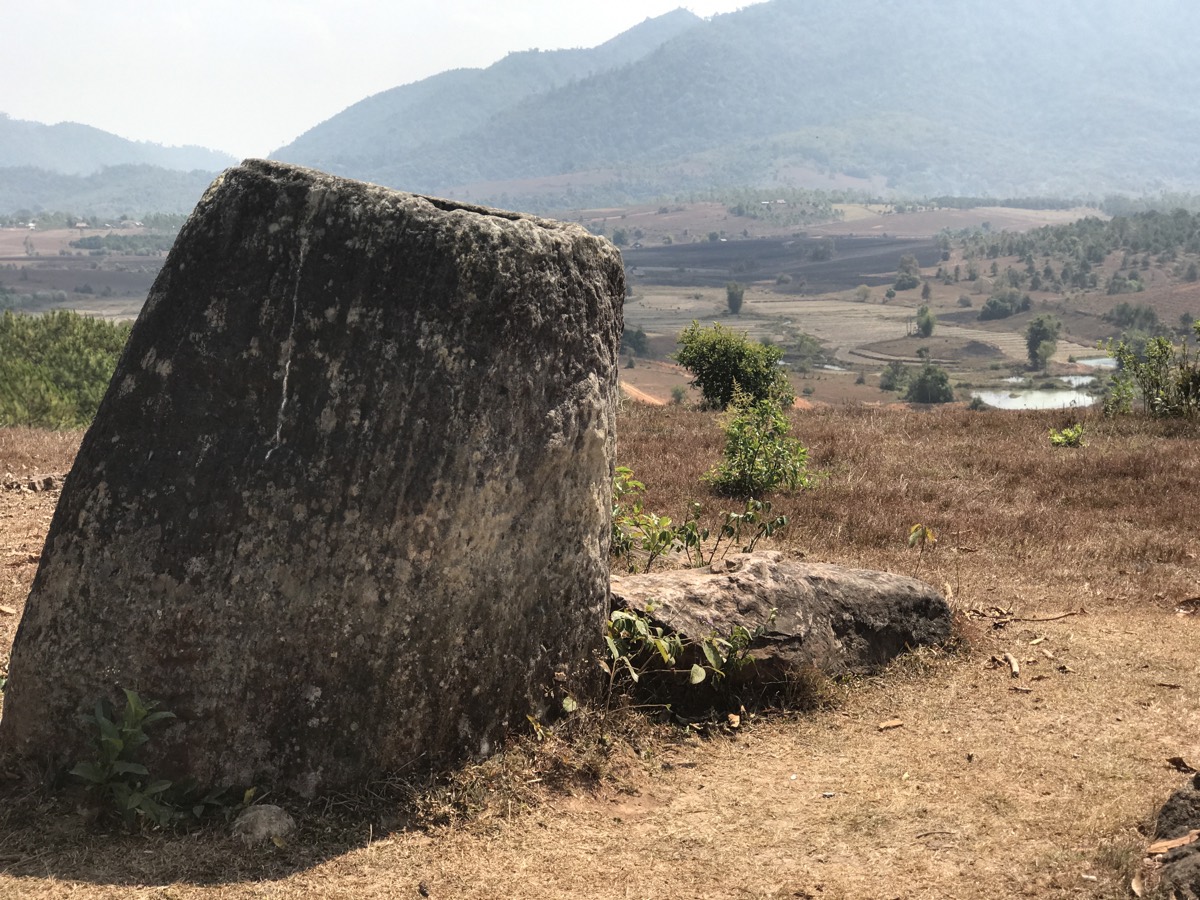
The pioneering French archaeologist Madeleine Colani excavated part of Site 2 in the 1930s. Her finds included buried stone discs, three axes, stone pendants, brass bells and a brass ring.
The archaeologists who explored the site this year hoped to expand on Colani finds with new excavations.
Buried artifacts
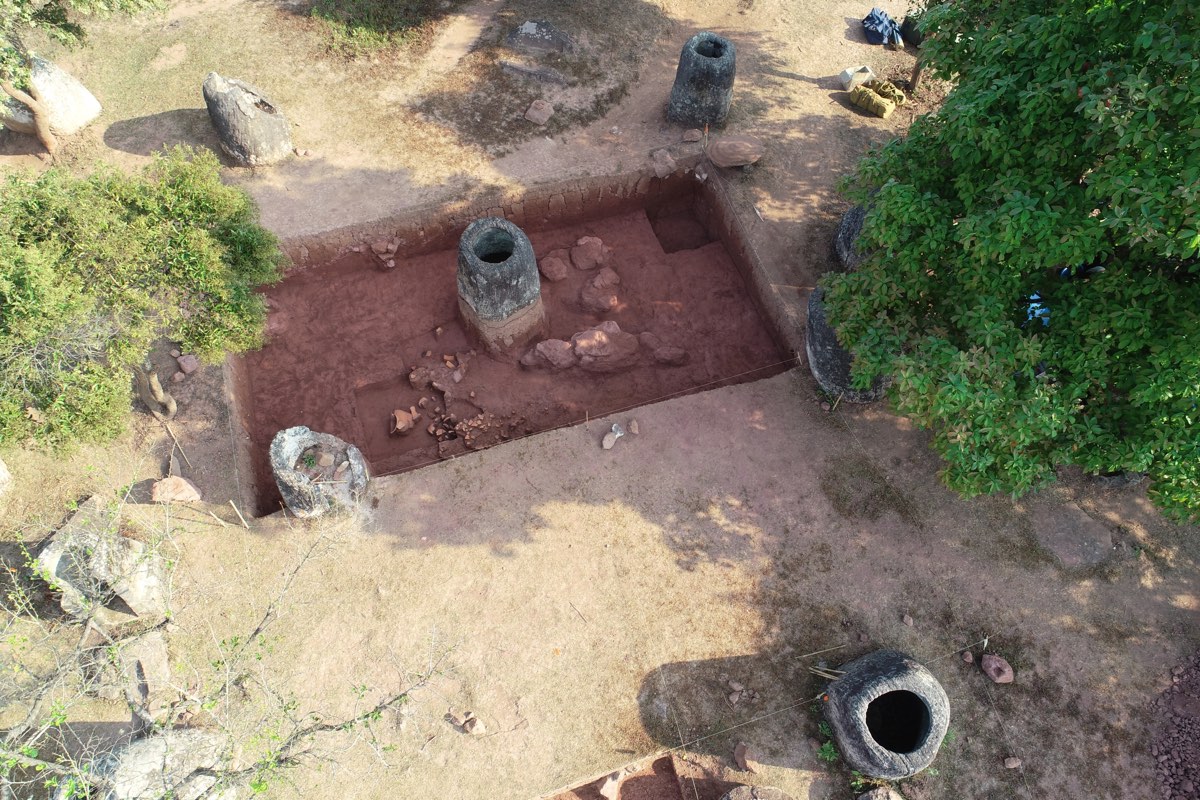
The excavations around the stone jars at Site 2 in 2019 revealed a wealth of buried archaeological materials. The finds included decorative ceramics, glass beads, iron tools, discs that were worn as jewelry in the ears, and spindle whorls for making cloth.
Grave markers
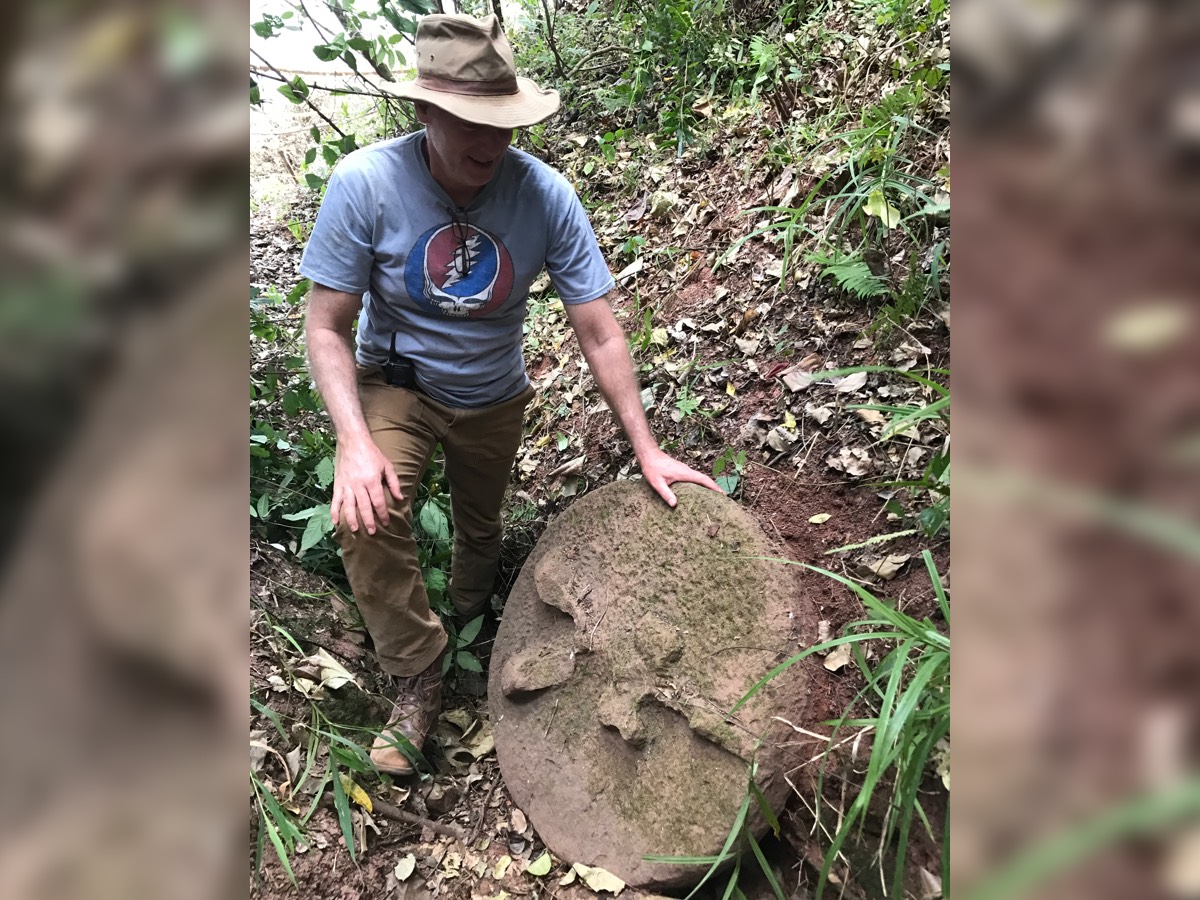
The new finds also included large carved and decorated stone discs, which apparently served as grave markers for deposits of buried human bones. This photograph shows one of the Australian expedition leaders, archaeologist Dougald O'Reilly of the Australian National University in Canberra, with one of the carved stone discs decorated with the image of an animal.
Concentric circles
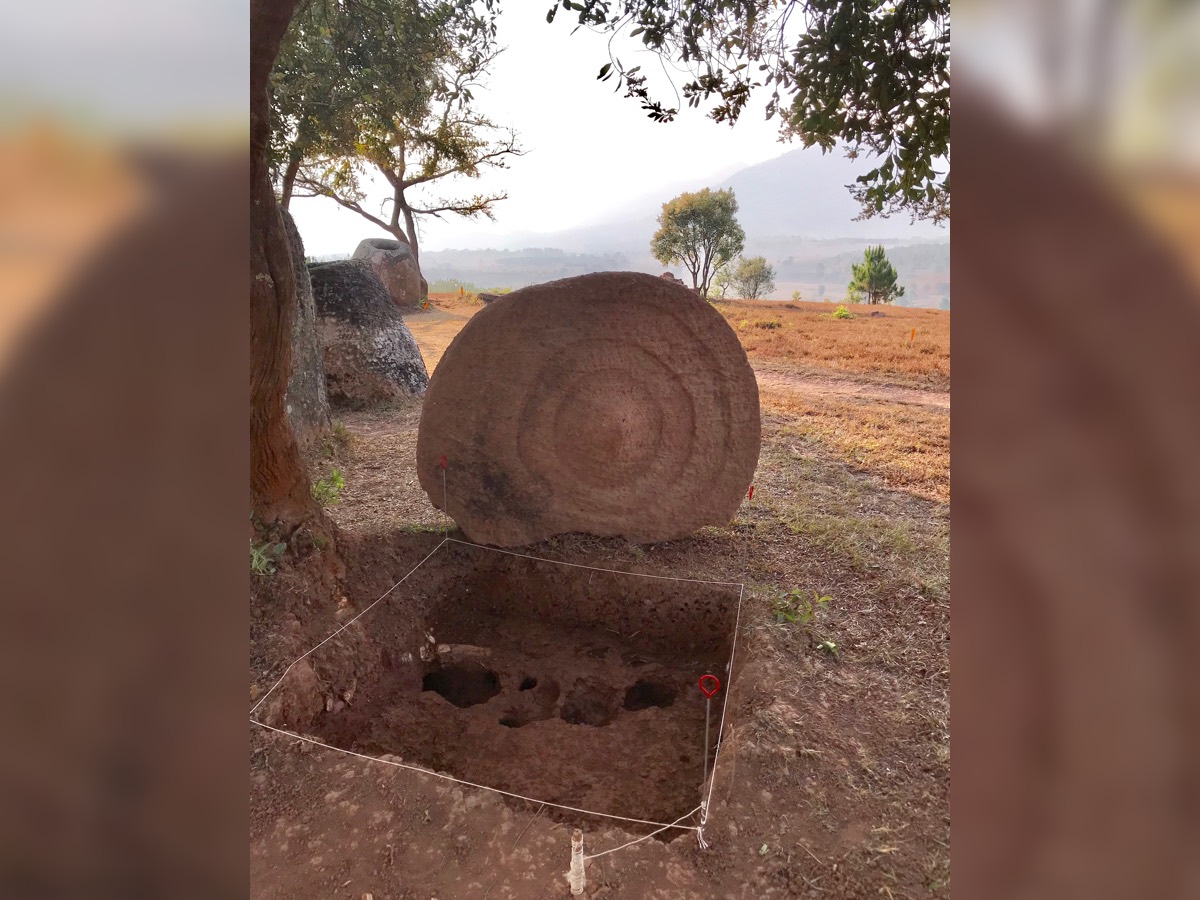
Other carved stone burial discs were decorated with patterns of concentric circles, or with human figures. Curiously, the stone discs were all buried with their laboriously carved sides placed face-down.
Mini stone jars
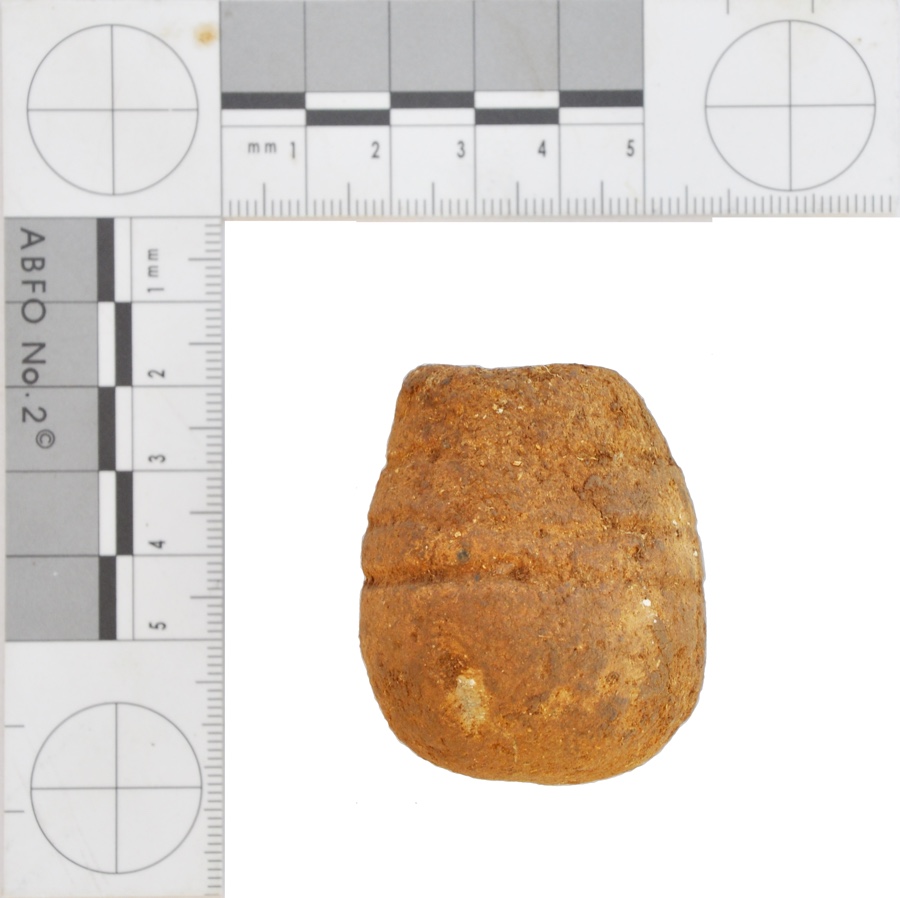
The archaeologists also found several buried clay jars that appear to be miniature replicas of the much larger carved stone burial jars. This is the first time that the miniature clay jars have been found near the stone jars. Their purpose is not known.
Forested sites
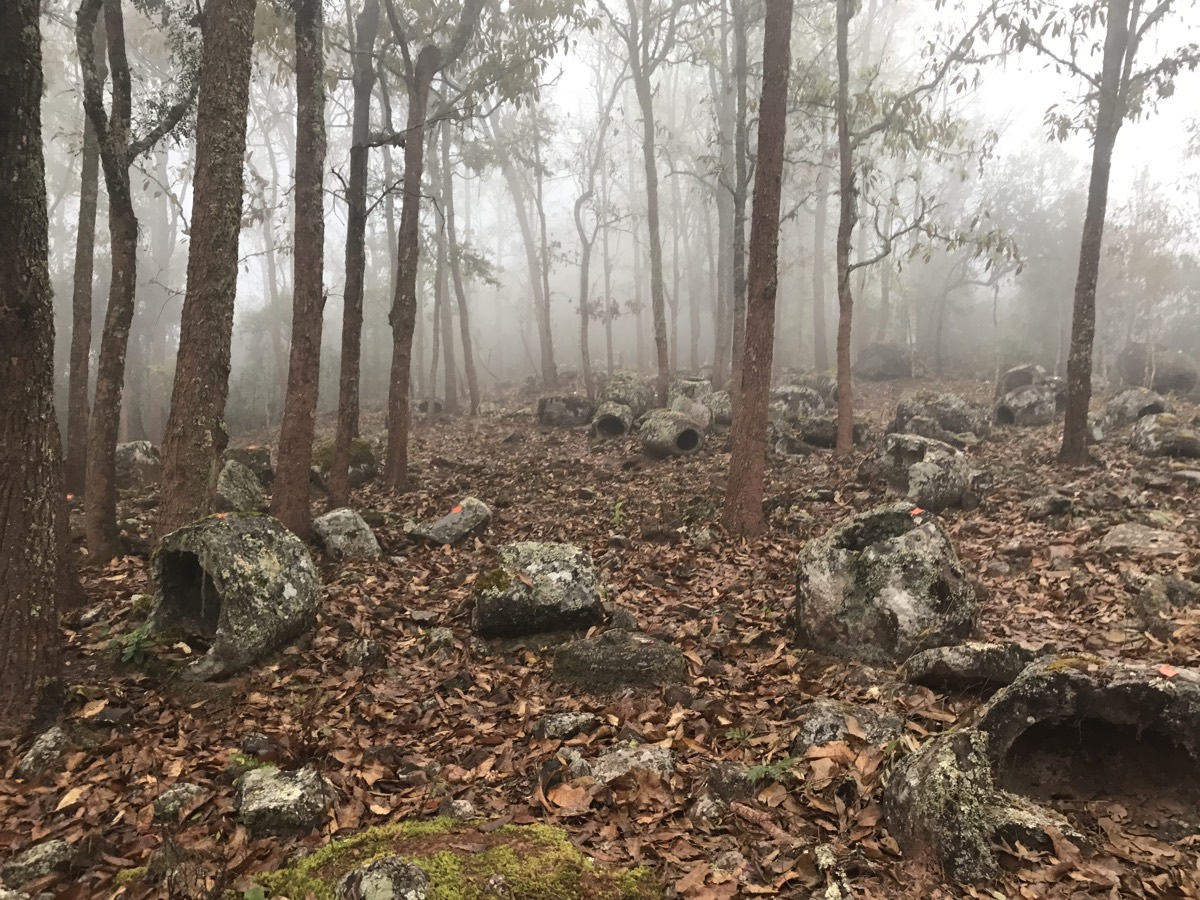
Hundreds of the giant stone jars are found in the Plain of Jars, in relatively open country near the town of Phonsavan. But most of the known ancient jar sites contain just a few dozen stone jars; these sites are located within forests and on hillsides surrounding the town.
Sign up for the Live Science daily newsletter now
Get the world’s most fascinating discoveries delivered straight to your inbox.
Mysterious culture
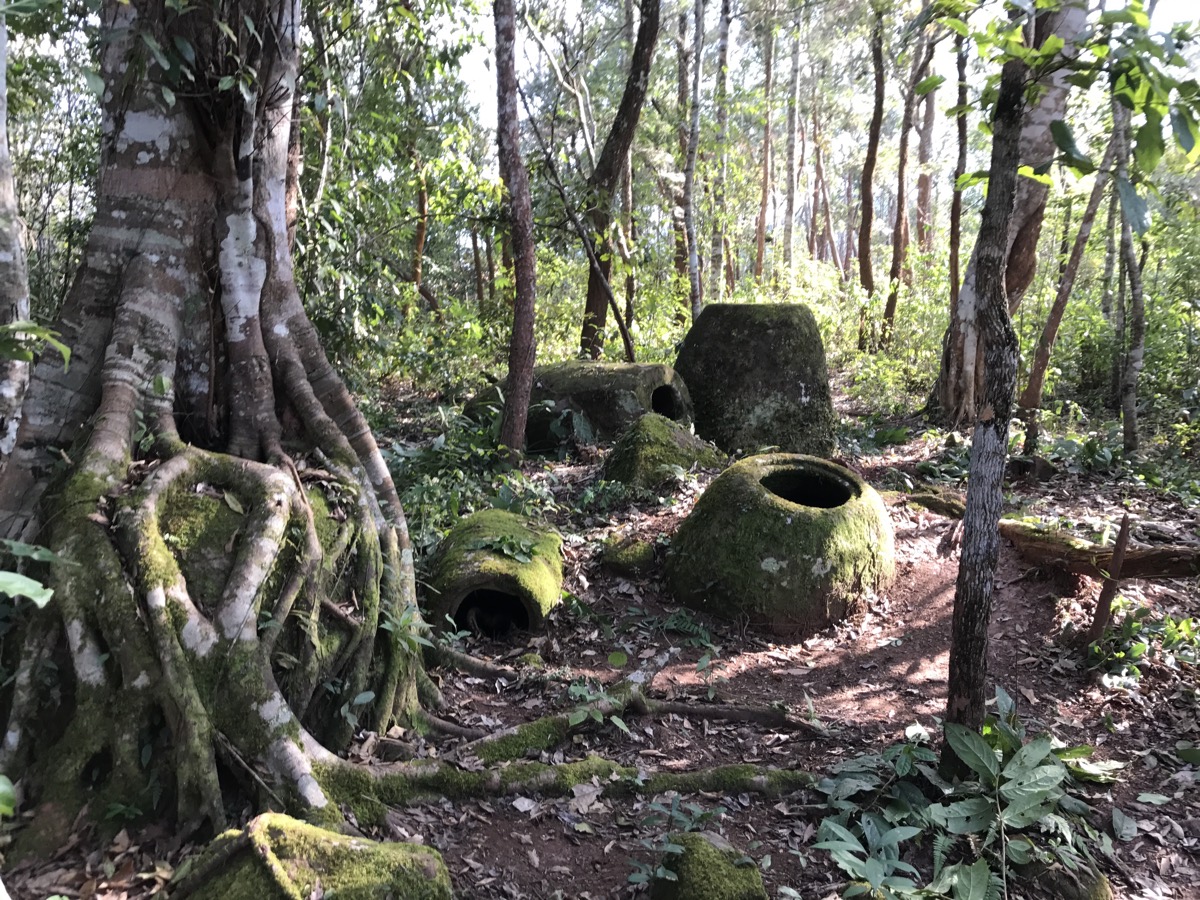
As well as mapping some reported but undocumented ancient jar sites, the archaeologists found 15 new jar sites in Xiangkhouang province, containing 137 carved stone jars.The ancient jar sites are spread over thousands of square miles of rugged forests, hillsides and mountain ridges.
Scientists say the new finds show that the mysterious culture that carved the stone jars was more widespread than previously thought.
Did giants create the jars?
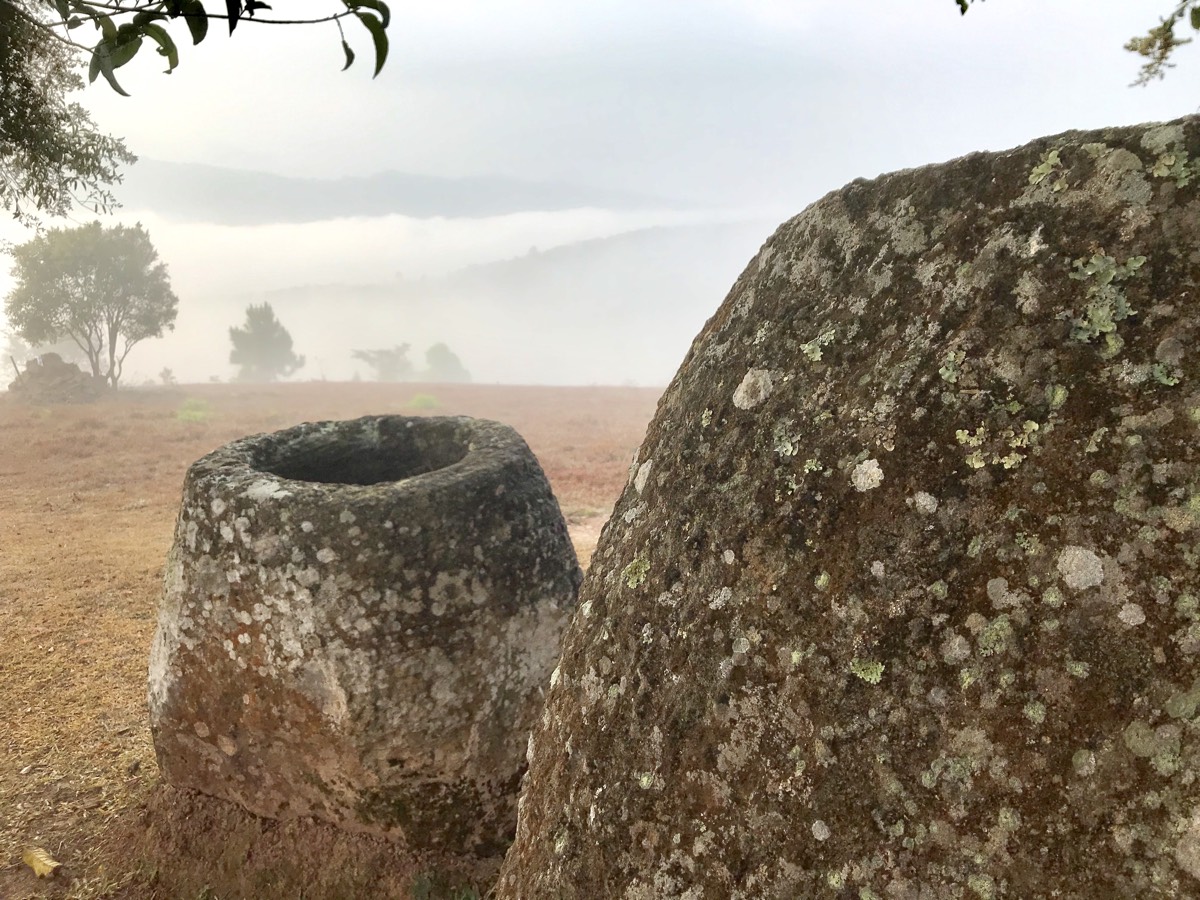
A local legend says that the giant carved stone jars were made by a race of giants, who use them to brew rice beer in celebration of an ancient victory in war.
Archaeologists now think that at least some the jars were used in burial rituals, to expose dead bodies for a time before their bones were cleaned and buried. But nothing is known about the ancient people who made them.
Tom Metcalfe is a freelance journalist and regular Live Science contributor who is based in London in the United Kingdom. Tom writes mainly about science, space, archaeology, the Earth and the oceans. He has also written for the BBC, NBC News, National Geographic, Scientific American, Air & Space, and many others.










